The basics of breast cancer
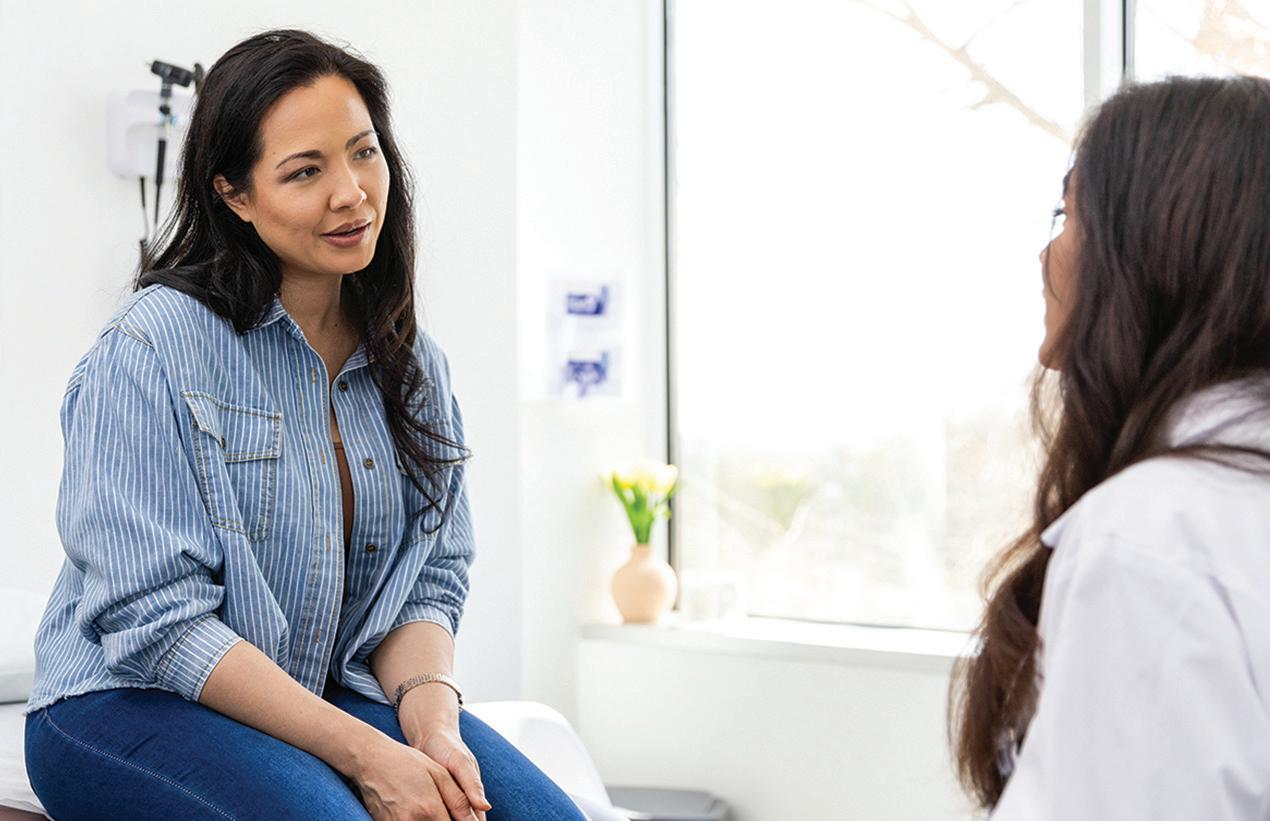
Breast cancer is a formidable disease that affects millions of individuals each year. Data fromm the World Health Organization indicates 2.3 million women were diagnosed with breast cancer in 2022, when it was the most common form of the disease in 157 of 185 countries across the globe.
The impact of breast cancer goes beyond those diagnosed with the disease, affecting friends, family members, professional colleagues, and others as well. That far-reaching impact means everyone has a vested interest in learning about breast cancer.
WHAT IS BREAST CANCER?
The Centers for Disease Control and Prevention notes breast cancer occurs when cells in the breast grow out of control. The breast is made up of three main parts known as the lobules, ducts and connective tissue, and which type of breast cancer a person has depends on which cells in the breast turn into cancer.
IS THERE A TYPICAL BREAST CANCER?
No two individuals diagnosed with breast cancer will have the same experience after being diagnosed. However, the CDC notes that most breast cancers begin in the ducts or lobules. The ducts are tubes that carry milk to the nipple and the lobules are the glands that produce milk.
WHAT ARE SOME COMMON
RISK FACTORS FOR BREAST CANCER?
The National Breast Cancer Foundation, Inc. notes gender is the foremost risk factor for breast cancer, as the


WHO reports that 99 percent of breast cancers occur in women. Additional risk factors for breast cancer include age, with two out of three women diagnosed with invasive breast cancer being older than 55, and race, as the disease affects more Caucasian women than women of other races. The NBCF also notes that women who have dense breast tissue may be at greater risk for breast cancer because such tissue can make it harder to detect lumps.
WHAT CAUSES BREAST CANCER?
The NBCF notes that most women who have breast cancer will never be able to identify an exact cause behind their disease. Common risk factors like gender and age are beyond women’s control, but there are some controllable risk factors that can be avoided. The WHO notes that overconsumption of alcohol and tobacco use are two such factors.
HOW IMPORTANT IS EARLY DETECTION?
The American Cancer Society reports that the five-year survival rate for breast cancers discovered in the localized stage is 99 percent. That underscores the significance of early detection. The NBCF notes monthly breast self-exams and routine clinical exams increase the likelihood of early detection. Women are urged to speak with their physicians regarding how frequently they should be tested, as recommendations vary depending on each individual and their respective family histories.
The basics of breast cancer provide insight into the disease and what women can do to reduce their risk of developing it. TF25A206






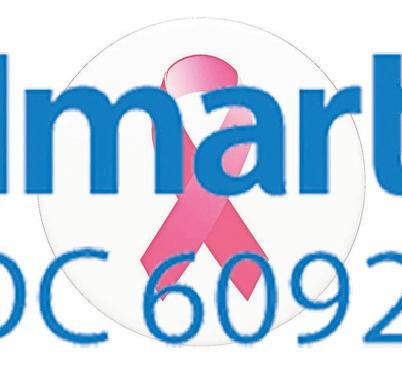

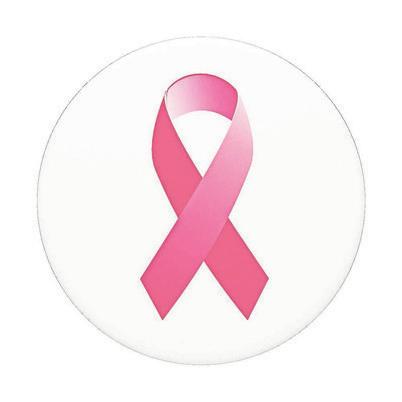



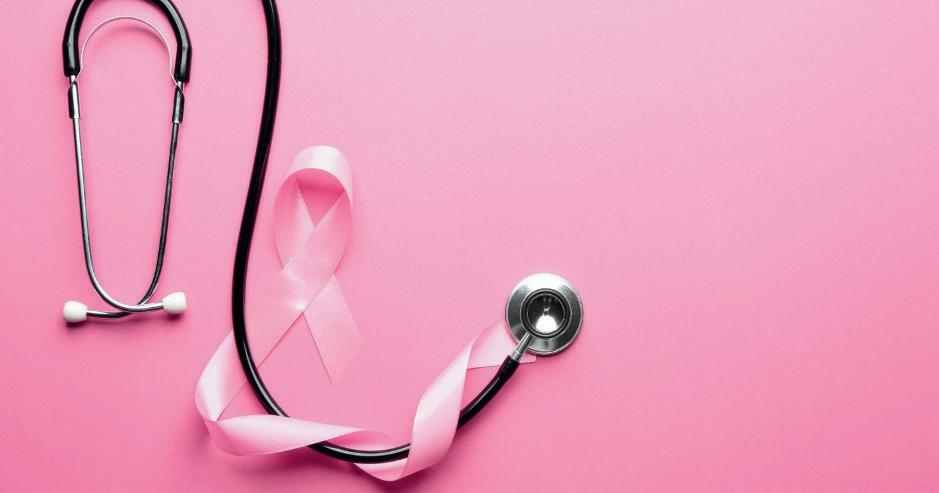

Breast cancer terms to know
A recent analysis from the Agency for Research on Cancer and collaborators estimated that 3.2 million new cases of breast cancer will be diagnosed annually across the globe by 2050. That would mark a significant increase in annual cases since 2022, when the World Health Organization reported 2.3 million individuals were diagnosed with breast cancer.
Though breast cancer affects millions of women and their support networks each year, it’s not always so easy to understand all of the terminology surrounding the disease. With that in mind, people recently diagnosed with the disease or those who know someone in such a position can learn these common terms to make their journey to recovery a little easier to navigate.
■ Ductal carcinoma in situ (DCIS): Many terms related to breast cancer can be scary, but DCIS is among the more welcoming words a doctor may utter. DCIS is a non-invasive form of breast cancer that doctors may charac-
terize as “stage 0.” Breast cancers identified as DCIS are very early stage and highly treatable.
■ Invasive ductal carcinoma (IDC):
Susan G. Komen®, an organization dedicated to raising breast cancer awareness, notes that IDC is a form of the disease that begins in the milk ducts but has spread into surrounding breast tissue and possibly into the lymph nodes or other parts of the body.
■ Lumpectomy: According to Susan G. Komen®, a lumpectomy is a surgical procedure that removes only the tumor and a small amount of tissue around it. Most of the breast skin and tissue is left in place during a lumpectomy.
■ Mastectomy: A mastectomy is a surgical removal of the breast. Susan G. Komen® notes there are different types of mastectomy. A modified radical mastectomy removes the breast, the lining of the chest muscles and some of the lymph nodes in the underarm area. This procedure is used to treat early
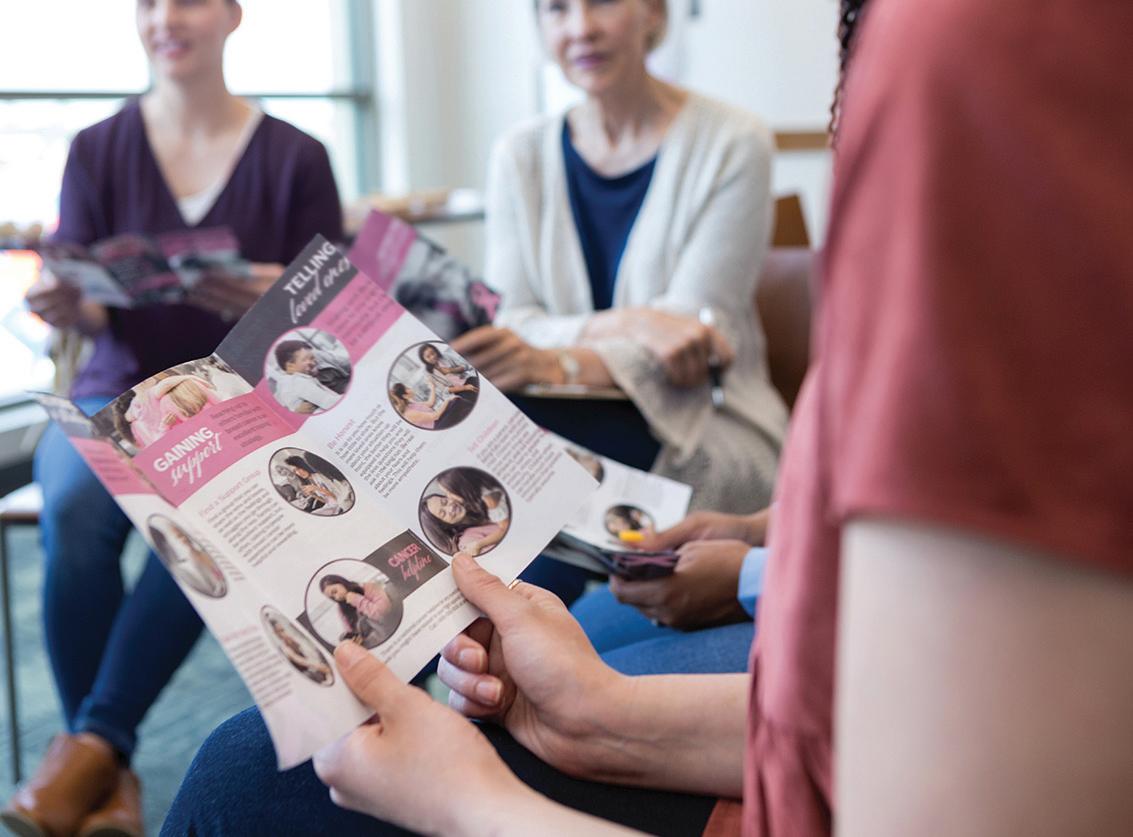
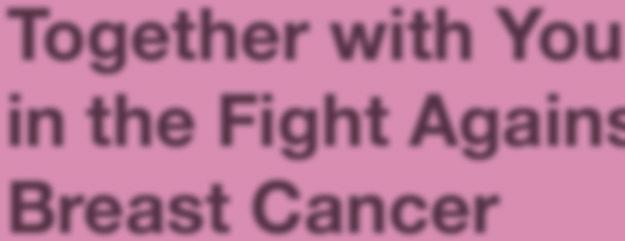


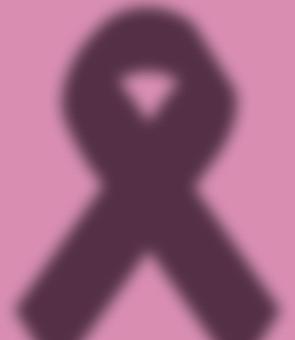





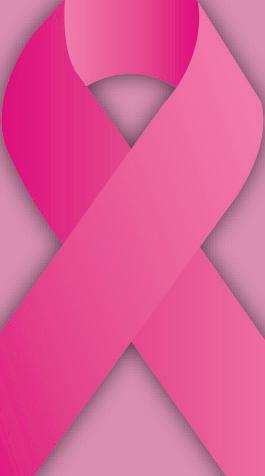
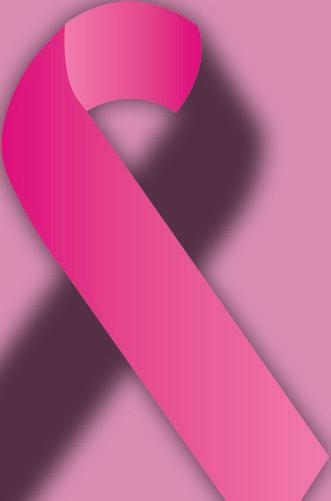
and local advanced breast cancer. A total mastectomy involves surgical removal of the breast but no other tissue or nodes.
■ Hormone receptor status: Hormone receptor status indicates whether or not a breast cancer requires hormones to grow. Susan G. Komen® notes a significant number of hormone receptors on a breast cancer cell indicate it needs the hormone to grow.
this is a common way to measure proliferation rate. The more cells the Ki-67 antibody attaches to in a given tissue sample, the more likely the tumor cells will grow and divide rapidly.




■ Family history: Family history refers to current and past health conditions of a given individual’s biological family members. Family history of breast cancer is considered a risk factor for the disease.
■ Ki-67 Rate: Susan G. Komen® notes
■ Local treatment: This refers to treatment that focuses on removing cancer from areas local to the breast, including the breast itself as well as the chest wall and lymph nodes in the underarm area. These are just a handful of terms that women diagnosed with breast cancer and their family members can learn to better understand the disease and the various ways it’s treated. Additional terminology can be found at komen.org. TF25A207



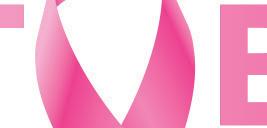
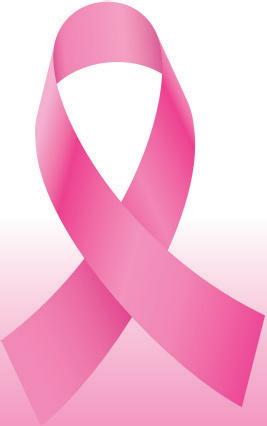







PAINT THE VALLEY PINK
Possible early warning signs for breast cancer
Women are often their own strongest allies in the fight against breast cancer. While a strong support network can be vital when receiving treatment for breast cancer, women who have not been diagnosed with the disease still have an important role to play in combatting it and potentially reducing its impact on their lives.
The World Cancer Research Fund reports that breast cancer is the second most common cancer worldwide and the number one cancer in women across the globe. But women are not helpless against breast cancer. In fact, various organizations encourage women to take a proactive approach in relation to the disease and begin conducting routine self-examinations in young adulthood. Self-exams can uncover signs of the disease and propel treatment when it’s in its earliest stages, a point in time when breast cancer is most treatable. Though the disease does not always produce symptoms in its early stages, women can keep an eye out for these signs each day, including
when conducting self-exams.
■ New lump or mass: This is perhaps the most widely known symptom of breast cancer, but it’s important that women avoid jumping to conclusions should they uncover a new lump or mass during a self-exam. That’s because most breast lumps are not cancer according to the American Cancer Society. The ACS notes a painless, hard mass with irregular edges is more likely to be cancer but also acknowledges cancer-related lumps or masses can be soft, round, tender, or painful.
■ Swelling of all or part of a breast: Swelling may be a sign of breast cancer even if no lump is felt.
■ Skin dimpling: The dimpling that may be symptomatic of breast cancer can look like the exterior of an orange peel.
■ Pain: Some women experience pain in the breast or nipple before a breast cancer diagnosis.
■ Nipple retraction: This symptom is marked by the nipple turning inward.
■ Skin issues on the nipple or breast:

Skin on the nipple or breast may redden, dry, flake, or thicken when a woman has breast cancer.
■ Nipple discharge: The discharge will be something other than breast milk.
■ Swollen lymph nodes under the arm or near the collar bone: This swelling may indicate the breast cancer has spread even before the original tumor in the
breast reached a size large enough to be felt.
The ACS urges women who discover any of these symptoms to report them to a health care professional immediately. Though each symptom is not necessarily indicative of the presence of breast cancer, it’s still important to seek treatment. TF25A211









PAINT THE VALLEY PINK
The different types of mammograms
Mammograms remain the most effective method for diagnosing breast cancer and catching the disease in its earliest, most treatable stages. While various health organizations recommend different screening intervals, the American Cancer Society advises annual mammograms for women ages 40 to 54. Women age 55 and older who adhere to ACS recommendations can switch to a mammogram every two years if in good health.
Mammograms employ low-dose X-rays to map out breasts and detect unusual growths. There are two main types of mammogram: screening and diagnostic.
SCREENING MAMMOGRAM
The Breast Cancer Research Founda-

tion says a screening mammogram detects changes in breast tissue that could be indicative of breast cancer in women who exhibit no other symptoms of the disease. Mammograms sometimes can detect breast cancer up to three years before a person or doctors feel a lump. During the test, the breasts are flattened between two imaging plates from a few angles to get the X-rays.
DIAGNOSTIC MAMMOGRAM
Should a screening mammogram show something amiss or not easily visible the first time around, radiologists may ask the person to come back for additional image testing. This diagnostic mammogram includes additional views. The National Breast Cancer Foundation


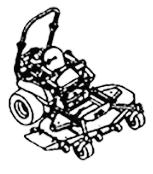




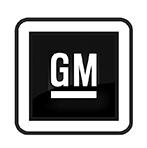

says diagnostic mammograms take detailed X-rays of the breast using specialized techniques. They also may involve additional views or adjunct testing like ultrasound or MRI to provide a better overall picture of breast health. Diagnostic mammograms may be used to zero in on a specific area of the breast that needs further clarification. Because a diagnostic mammogram requires taking a greater number of images, it will expose a patient to a higher dose of radiation. Still, health professionals feel the risk is worth it to help rule out cancer. Also, unlike a screening mammogram that may take several days for a radiologist to read and identify results, a diagnostic mammogram can reveal important information immediately.
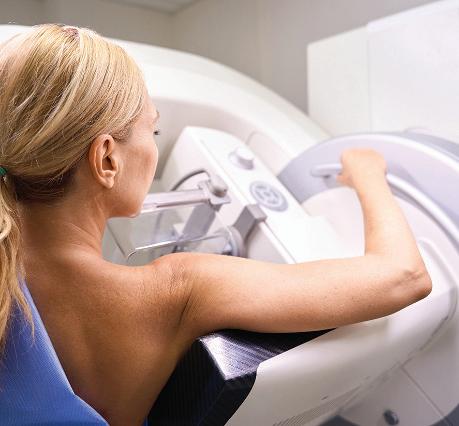
Screening and diagnostic mammograms are important tools used to check for breast cancer. TF25A217


PAINT THE VALLEY PINK
Did you know? Breast cancer survival rates
Thanks to early detection and improved therapies, many cases of breast cancer are successfully treated. However, the Susan G. Komen® organization reports breast cancer survival rates vary depending on the stage of the disease at the time of diagnosis. Those diagnosed as having stages 0, I and II tend to have better survival rates than those whose disease was discovered after the cancer had already advanced to stages III and IV. Although each situation is unique, the five-year survival rate among those diagnosed with breast cancer stage I or lower is between 98 and 100 percent. Stage II falls between 90 and 99 percent. The five-year survival rate for stage III patients is between 66 and 98 percent. While the organization does not provide survival data for stage IV, according to the National Cancer Institute’s Surveillance, Epidemiology, and End Results (SEER), the five-year relative breast cancer survival rates for women with a SEER stage of Distant (the cancer cells have spread to other parts of the body) is 33 percent. If cancer cells have only spread beyond the breast but it is limited to nearby lymph nodes (Regional), the survival rate is 87 percent. TF25A220

606 S. Main Street • Mendota, IL 61342








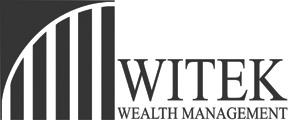
Treatment options for breast cancer
Breast cancer is marked by the formation of malignant cells in the various tissues of the breast. Family history and other factors like age increase a person’s risk for breast cancer. According to the National Cancer Institute, the most common type of breast cancer is ductal carcinoma, which begins in the cells of the ducts and accounts for roughly 70 to 80 percent of all breast cancer cases. Ten to 15 percent of all breast cancer cases are lobular carcinoma, which begins in the lobes or lobules.
After a person is diagnosed with breast cancer, a cancer care team will begin to discuss treatment options. It’s important to weigh all options carefully. By understanding breast cancer treatments beforehand, individuals can make more informed decisions should they need to. The following are some treatment options for breast cancer.
■ Surgery: Breast cancer surgery typ-
ically involves a process to remove the cancer. A lumpectomy is a surgery that removes the tumor and some healthy tissues around it. This usually is reserved for a small cancer. Others may have a mastectomy to remove all of the breast tissue, including lobules, ducts, fatty tissue and some skin. A sentinel node biopsy may be needed to see if the cancer has spread to nearby lymph nodes. In some cases, removing several lymph nodes is necessary if the cancer has spread.
■ Radiation: Radiation treatment employ high-energy rays or particles to destroy cancer cells. Radiation can be used to help lower the chances that the cancer will come back after breast-conserving surgery. It also can be used if cancer has spread to other parts of the body. The American Cancer Society says external beam radiation therapy is the most common type of radiation
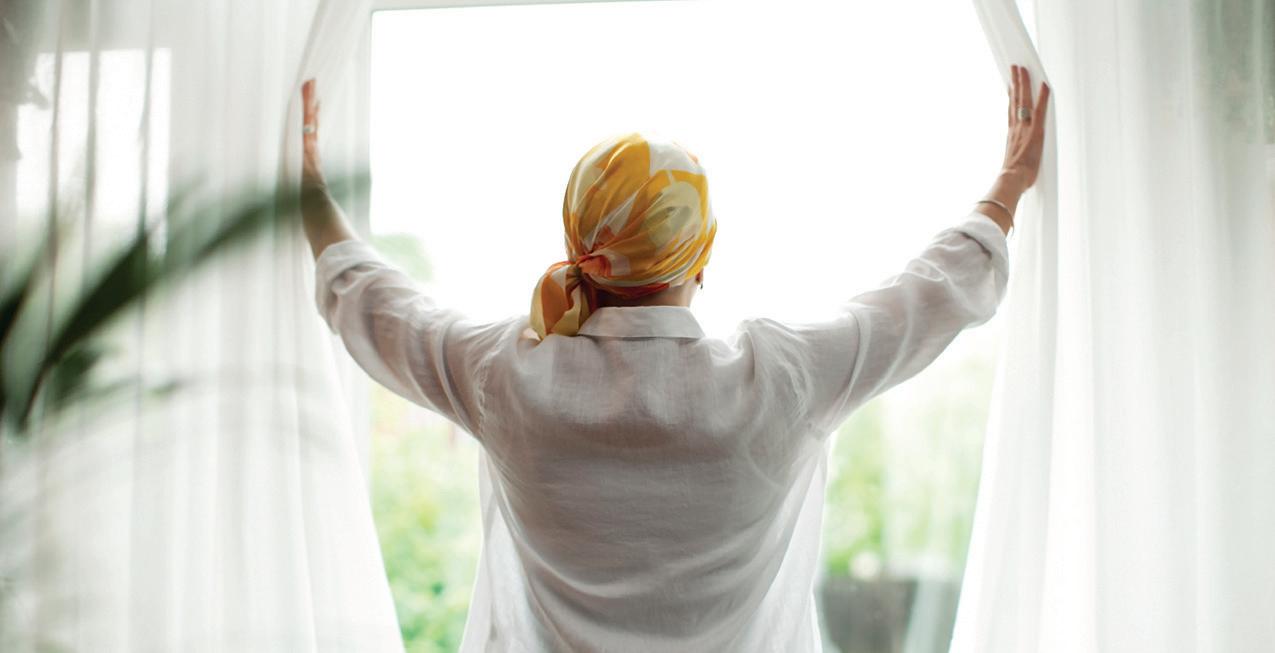
therapy for women with breast cancer.
■ Chemotherapy: Chemotherapy involves anti-cancer drugs that may be injected or administered orally. The drugs travel throughout the bloodstream to reach cancer cells in most parts of the body. Chemotherapy may be given before surgery to shrink a tumor or afterwards to kill any cancer cells left behind or ones that may have spread. Since chemotherapys is systemic, it can affect all areas of the body and may result in various side effects, according to the NCI.
cers are sensitive to, the cancer growth is stunted. Blocking the hormones also can cause the cancer cells to die, says the Mayo Clinic.
■ Targeted therapy: Targeted therapy utilizes medicines that attack specific chemicals in cancer cells. By blocking these chemicals, the treatment can cause cancer cells to die. The ACS says 15 to 20 percent of breast cancers make too much of a protein known as HER2. The most common targeted therapy medicines target HER2.

■ Hormone therapy: Hormone therapy may be recommended for postmenopausal women who have been diagnosed with metastatic breast cancer that is hormone receptor positive or if the hormone receptor status is unknown. As the medications block certain hormones that some breast can-
■ Immunotherapy: Immunotherapy boosts a person’s own immune system with certain medications to recognize and destroy cancer cells.
A cancer care team may use any combination of breast cancer therapies to stall the growth of the cancer and stop it from coming back. TF25A210


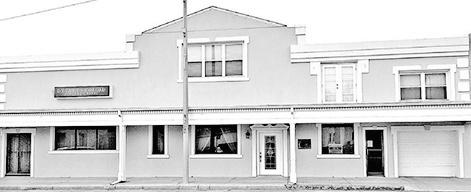


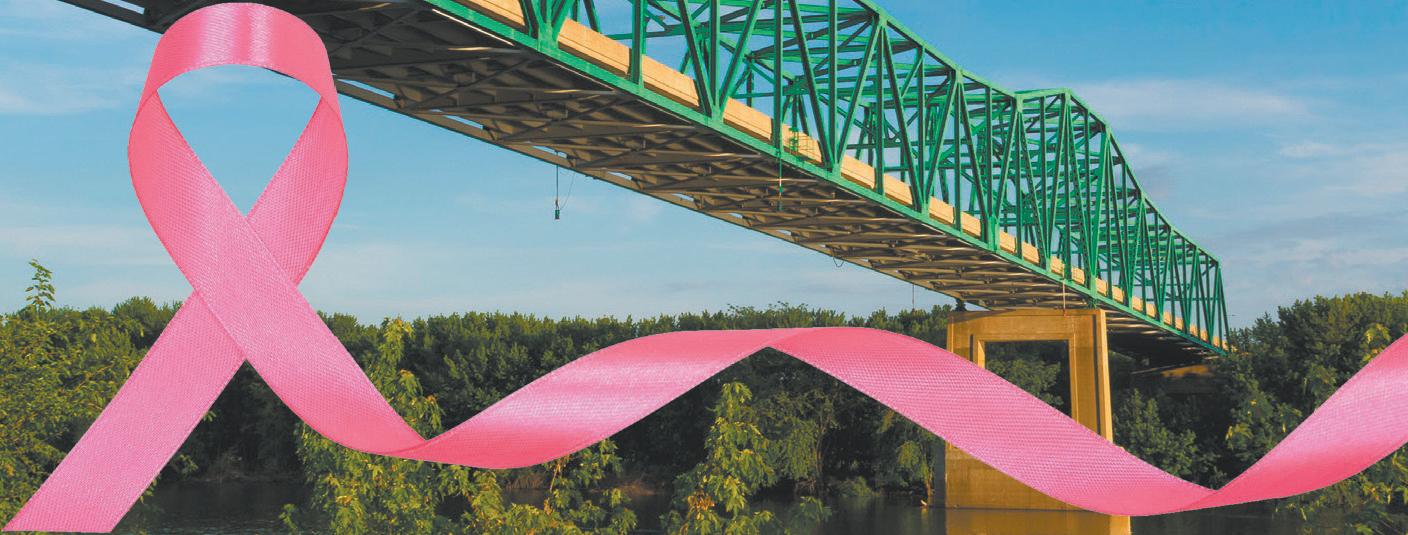







PAINT THE VALLEY PINK
How to support a loved one with breast cancer
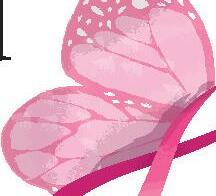
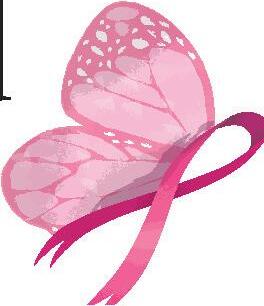
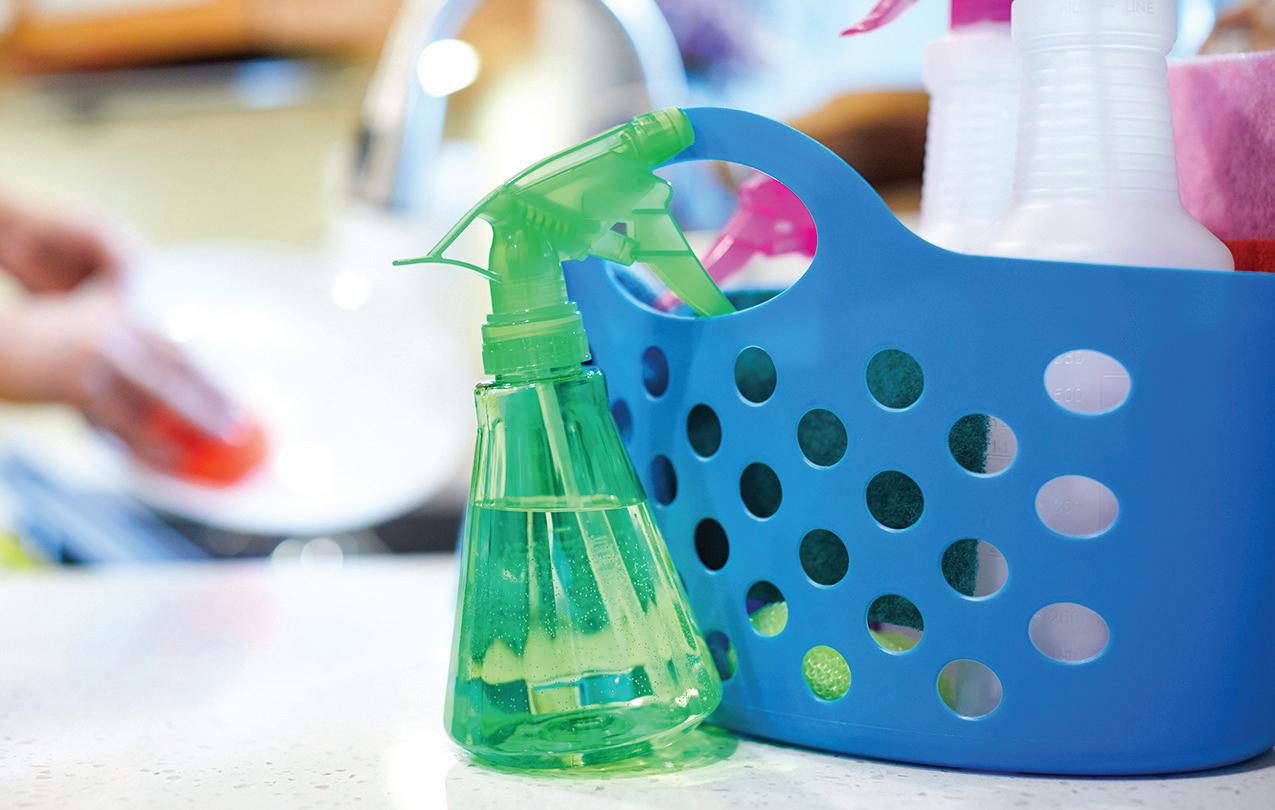
Someone is diagnosed with breast cancer every day. The World Health Organization says breast cancer is the most commonly diagnosed cancer among women around the world, as well as a leading cause of cancer death. Unfortunately, roughly half of all breast cancers occur in women with no specific identifiable risk factors beyond age and sex, so there may be no warning signs that a cancer diagnosis is coming.
Chances are a newly diagnosed breast cancer patient will need some measure of help and support but may not feel comfortable asking for assistance. Getting help also can be overwhelming for certain individuals. But supportive friends or loved ones can step up to the plate and offer support in various ways.
■ Provide meals. Take turns with other friends and family members to prepare and deliver meals. If you don’t cook, arrange to have takeout delivered.
■ Go grocery shopping. Help stock the refrigerator with plenty of healthy and convenient foods. While the person battling cancer may experience various degrees of hunger, keeping food available helps other members of the household.
■ Straighten up. Take care of cleaning around the house. You may wash some loads of laundry, vacuum and iron clothes. If budget allows, you can hire a cleaning service to come in once or twice a month for a deep cleaning.
■ Care for the dog. If fatigue makes it challenging for the person battling can-
cer to take the dog on walks, you can step up and handle dog walking or trips to a dog park.
■ Provide caregivers a break. The primary caregiver will be working overtime to offer support, and you can give that person a much-needed break. Step in to go to doctors’ appointments or watch a young child so the caregiver gets a day or two off.
■ Take on chauffeur duty. Take on the task of driving the patient to and from checkups or scans. A friendly face can make a big difference in taming anxiety.
■ Pay bills. Household tasks may seem overwhelming, so you can help manage the finances by paying bills or sorting through mail. If medical paperwork has begun to stack up, you also can organize and sort items of importance.
■ Make home more comfortable. Transform any living spaces, whether they are home or temporary apartments or hotels, with creature comforts. This can include high thread count sheets, newly framed family photos, comfortable pillows and blankets, and more.
■ Sit and listen. Sometimes the greatest comfort can be sitting with and listening to the person who is fighting cancer. Don’t offer advice or recommendations unless prompted, but listen to any concerns and offer time and support.
Support for friends and loved ones after a cancer diagnosis can come in many forms and make a significant difference in people’s lives. TF25A212




Getting screened has never been easier!
OSF HealthCare offers easy, convenient online scheduling for screening mammograms.
Mammograms are the single most effective tool in the early detection of breast cancer and are proven to save lives. With early detection, the five-year survival rate is nearly 100%. Talk to your doctor about breast cancer screening.

Visit osfhealthcare.org/breast-screening to schedule your screening mammogram today.
